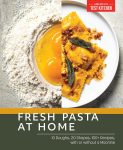
Fresh Pasta at Home: 10 Doughs, 20 Review pasta cookbook Guide – Oemiu
Fresh Pasta at Home: A Culinary Journey
There’s a certain magic to fresh pasta. It’s more than just a meal; it’s an experience. From the simple act of combining flour and eggs to the satisfying texture of perfectly cooked strands, making pasta at home is a rewarding endeavor that elevates everyday dinners into something truly special. This article will guide you through the fundamentals, explore a variety of dough recipes, introduce you to twenty exciting pasta shapes, and offer a critical review of pasta cookbooks to inspire your culinary creations. Get ready to embark on a flavorful adventure into the world of homemade pasta!
The Art of Pasta Dough: From Basic to Bold
The foundation of any great pasta dish is, undoubtedly, the dough. While the ingredient list is deceptively simple – usually just flour and eggs (or water) – the nuances in technique and ingredient ratios can dramatically impact the final product. The most common mistake beginners make is not understanding the importance of the right type of flour. Semola, a coarse flour milled from durum wheat, is the gold standard for many Italian pasta recipes. It contributes a slightly nutty flavor and a delightful chewiness. All-purpose flour can also be used, particularly for softer, more delicate pasta, but you’ll notice a distinct difference in texture and flavor. Experimenting with different flours is highly encouraged; you might discover your own favorite blend!
Beyond the flour, the type of egg matters too. Farm-fresh eggs with vibrant yolks will impart a richer color and flavor to your pasta. The amount of liquid is crucial, and it can vary depending on the humidity of your environment and the type of flour you’re using. The goal is to achieve a dough that’s neither too sticky nor too dry. It should be smooth, elastic, and easy to work with. Kneading is essential for developing gluten, the protein that gives pasta its structure. Proper kneading ensures that your pasta will hold its shape during cooking and have the perfect al dente bite. Start with a basic recipe like the classic egg pasta dough (all-purpose flour, eggs, salt), and then venture into more complex variations. Don’t be afraid to make mistakes; each attempt is a learning experience that will refine your pasta-making skills.
Here are a few more dough ideas to whet your appetite:
- Semola Dough: This is the classic Italian pasta dough, perfect for shapes like orecchiette and cavatelli. Use 100% semola flour and water.
- Whole Wheat Dough: Add a nutty and hearty flavor to your pasta by incorporating whole wheat flour.
- Spinach Dough: Blend cooked spinach into your dough for a vibrant green color and subtle earthy flavor.
- Beet Dough: For a beautiful pink hue and slightly sweet taste, add pureed beets to your pasta dough.
- Gluten-Free Dough: Experiment with gluten-free flour blends like rice flour, tapioca starch, and potato starch for a gluten-free pasta alternative.
Mastering pasta dough is an ongoing process. Remember to pay attention to the texture of the dough, the consistency of the eggs, and the humidity of your kitchen. Keep notes of your experiments, and soon you’ll be crafting pasta dough like a seasoned pro. And with a good pasta cookbook, you’ll be on your way to mastering the craft.
Shaping Your Culinary Vision: 20 Pasta Shapes to Master
Once you’ve conquered the art of pasta dough, it’s time to explore the endless possibilities of pasta shapes. Each shape has its unique texture and surface area, making it ideal for different sauces and preparations. Long, thin strands like spaghetti and linguine are perfect for light sauces that cling easily. Tubular shapes like penne and rigatoni can hold chunkier sauces and vegetables. And filled pasta like ravioli and tortellini offer a delicious surprise in every bite. Don’t limit yourself to the familiar shapes found in supermarkets. Experiment with lesser-known varieties and discover new flavor combinations.
Making pasta shapes by hand can be a therapeutic and rewarding experience. Simple shapes like orecchiette (little ears) and cavatelli (small shells) can be easily formed with your fingers. For more complex shapes, you’ll need specialized tools like a pasta machine, a gnocchi board, or a ravioli stamp. A pasta machine is a worthwhile investment for anyone serious about making pasta at home. It allows you to roll out thin, even sheets of dough that can be used to create lasagna, fettuccine, and many other shapes. A gnocchi board is a ridged wooden tool that helps create the characteristic grooves on gnocchi and other pasta shapes, enhancing their texture and ability to hold sauce. And a ravioli stamp makes it easy to create perfectly sealed and uniformly sized ravioli.
Here are 20 pasta shapes to inspire your next culinary adventure:
- Spaghetti
- Linguine
- Fettuccine
- Tagliatelle
- Pappardelle
- Penne
- Rigatoni
- Orecchiette
- Cavatelli
- Farfalle (Bow Ties)
- Fusilli (Spirals)
- Rotini
- Conchiglie (Shells)
- Orzo
- Ditalini
- Ravioli
- Tortellini
- Gnocchi
- Lasagna
- Cappelletti
Remember that the key to perfect pasta shapes is practice. Don’t be discouraged if your first attempts aren’t perfect. Keep practicing, and you’ll gradually develop the skills and techniques needed to create beautiful and delicious pasta shapes that will impress your friends and family. Consider investing in a pasta cookbook focused on shaping techniques to further hone your skills.
The Pasta Cookbook Shelf: A Guide to Culinary Inspiration
A well-curated pasta cookbook is an invaluable resource for any home cook looking to expand their pasta repertoire. But with so many options available, it can be difficult to know where to start. Some cookbooks focus on classic Italian recipes, while others explore more modern and innovative approaches to pasta making. Some offer detailed instructions on how to make specific pasta shapes, while others provide inspiration for creating unique and flavorful sauces. The best pasta cookbook for you will depend on your individual interests and skill level. Consider what you hope to gain from the cookbook. Are you looking for step-by-step instructions on how to make specific pasta shapes? Or are you more interested in learning about different regional variations of pasta dishes?
When evaluating pasta cookbooks, look for clear and concise instructions, beautiful photographs, and a variety of recipes that appeal to your taste. Pay attention to the author’s background and expertise. Are they a professional chef, a passionate home cook, or a food historian? Their experience and perspective will shape the content and tone of the cookbook. Read reviews from other home cooks to get a sense of the cookbook’s strengths and weaknesses. Look for cookbooks that have been praised for their accuracy, clarity, and inspiring recipes. Don’t be afraid to borrow cookbooks from the library or browse through them at a bookstore before making a purchase. This will give you a chance to evaluate the cookbook’s content and decide if it’s a good fit for your needs.
Here are a few factors to consider when choosing a pasta cookbook:
- Recipe Variety: Does the cookbook offer a wide range of pasta recipes, from simple classics to more complex creations?
- Shape Focus: Does the book focus on specific pasta shapes or provide instructions for making a variety of shapes?
- Sauce Pairing: Does the cookbook offer guidance on pairing different pasta shapes with appropriate sauces?
- Ingredient Availability: Are the ingredients used in the recipes readily available in your local grocery store?
- Skill Level: Is the cookbook suitable for beginners or is it geared towards more experienced cooks?
A great pasta cookbook isn’t just a collection of recipes; it’s a source of inspiration and a guide to mastering the art of pasta making. It should provide you with the knowledge and confidence to experiment with different flours, shapes, and sauces, allowing you to create your own signature pasta dishes.
Pasta Cookbook Reviews: Finding the Perfect Culinary Companion
Choosing the right pasta cookbook can significantly elevate your home cooking. Here’s a review of several highly-regarded pasta cookbooks, spanning diverse approaches and catering to varying skill levels. We’ll delve into their strengths, weaknesses, and overall suitability for different types of cooks, allowing you to make an informed decision.
The first book to consider is “Mastering Pasta” by Marc Vetri and David Joachim. This pasta cookbook is often considered the gold standard for its comprehensive coverage of pasta making. It provides detailed instructions on making a wide variety of pasta shapes, from simple strands to complex filled pasta. The recipes are well-tested and the instructions are clear and easy to follow. However, it might be overwhelming for beginners due to its depth and technical details. Another strong contender is “The Geometry of Pasta” by Caz Hildebrand and Jacob Kenedy. This visually stunning pasta cookbook explores the relationship between pasta shapes and sauces. It features beautiful illustrations and a wealth of information about the history and origins of different pasta shapes. While it doesn’t provide detailed instructions on how to make pasta from scratch, it’s an excellent resource for learning about the art of pasta pairing.
For a more approachable and beginner-friendly option, consider “Essentials of Classic Italian Cooking” by Marcella Hazan. While not exclusively focused on pasta, this cookbook provides a solid foundation in Italian cooking, including essential pasta recipes and techniques. Hazan’s recipes are known for their simplicity and reliance on high-quality ingredients. This makes it a great choice for cooks who are new to Italian cuisine. “Pasta Grannies” by Vicky Bennison offers a unique perspective on pasta making. This book features interviews and recipes from grandmothers across Italy who have been making pasta for generations. It’s a heartwarming and inspiring collection of traditional pasta dishes. The recipes are often simple and rustic, but they are full of flavor and authenticity.
Finally, for a more modern and innovative approach to pasta, consider “Salt, Fat, Acid, Heat” by Samin Nosrat. While not solely dedicated to pasta, this cookbook provides a fundamental understanding of cooking principles that can be applied to pasta making. Nosrat’s approach emphasizes the importance of balancing flavors and textures, which can help you create delicious and well-balanced pasta dishes. The table below provides a comparison of these popular pasta cookbooks:
| Cookbook Title | Author | Focus | Skill Level | Pros | Cons |
|---|---|---|---|---|---|
| Mastering Pasta | Marc Vetri & David Joachim | Comprehensive pasta making | Intermediate to Advanced | Detailed instructions, wide variety of shapes | Can be overwhelming for beginners |
| The Geometry of Pasta | Caz Hildebrand & Jacob Kenedy | Pasta shape and sauce pairing | All Levels | Visually stunning, informative | Doesn’t cover pasta making techniques |
| Essentials of Classic Italian Cooking | Marcella Hazan | Classic Italian cuisine, including pasta | Beginner to Intermediate | Simple recipes, focus on high-quality ingredients | Not exclusively focused on pasta |
| Pasta Grannies | Vicky Bennison | Traditional pasta recipes from Italian grandmothers | All Levels | Heartwarming, authentic, simple recipes | Some recipes may require specialized ingredients |
| Salt, Fat, Acid, Heat | Samin Nosrat | Fundamental cooking principles applied to pasta | All Levels | Emphasizes flavor balancing, modern approach | Not exclusively focused on pasta, requires understanding of basic cooking techniques |
Ultimately, the best pasta cookbook is the one that inspires you to get in the kitchen and start making pasta. Consider your individual interests, skill level, and cooking style when making your selection. With the right cookbook as your guide, you’ll be well on your way to mastering the art of homemade pasta. Don’t forget that using a pasta cookbook focused on simple techniques can be very helpful for beginners.
Troubleshooting Common Pasta-Making Problems
Making pasta at home can be incredibly rewarding, but it’s not without its challenges. Here are some common problems you might encounter and how to fix them. One of the most frequent issues is dough that’s too dry. This can happen if you haven’t added enough liquid or if your flour is particularly absorbent. To fix dry dough, add a teaspoon of water at a time, kneading until the dough becomes smooth and elastic. Be careful not to add too much water, as this can make the dough sticky. Conversely, dough that’s too sticky is another common problem. This can be caused by adding too much liquid or by using a flour that’s low in gluten. To fix sticky dough, add a tablespoon of flour at a time, kneading until the dough becomes less sticky. You can also chill the dough in the refrigerator for 30 minutes, which will make it easier to handle.
Another problem is pasta that’s tough or chewy. This can be caused by over-kneading the dough or by using a flour that’s too high in gluten. To avoid tough pasta, knead the dough only until it’s smooth and elastic. You can also try using a flour with a lower gluten content, such as all-purpose flour. Pasta that falls apart during cooking is another common issue. This can be caused by not sealing the edges of filled pasta properly or by overcooking the pasta. To prevent pasta from falling apart, make sure to seal the edges of filled pasta tightly and cook the pasta al dente. If you are making fresh pasta regularly it is worth finding a pasta cookbook dedicated to helping home chefs.
Here are some more troubleshooting tips:
- Dough is crumbly: Add a little olive oil, one teaspoon at a time, to help bind the dough.
- Pasta sticks together after cooking: Use plenty of salted water when cooking pasta. Also, add a tablespoon of olive oil to the cooking water.
- Pasta is uneven after rolling: Make sure to roll the dough evenly and consistently. If you’re using a pasta machine, start with the widest setting and gradually decrease the thickness.
- Filled pasta leaks during cooking: Ensure the filling isn’t too wet. Use a well-sealed ravioli stamp or carefully press the edges together to remove air pockets.
Don’t be discouraged if you encounter problems when making pasta at home. With a little practice and patience, you’ll be able to overcome these challenges and create delicious, homemade pasta that you can be proud of.
Frequently Asked Questions (FAQ)
What type of flour is best for making pasta?
Semola, milled from durum wheat, is the traditional and often preferred choice for making pasta. It gives pasta a characteristic chewiness and a slightly nutty flavor. However, all-purpose flour can also be used, especially when a softer texture is desired. For those seeking a gluten-free option, blends of rice flour, tapioca starch, and potato starch can create a workable dough. Experimenting with different flours and blends will help you discover your personal preference. Each flour offers a unique texture and flavor profile that can significantly impact the final result. Remember to consider the gluten content and absorption rate of each flour when adjusting your recipe.
How long should I knead pasta dough?
The ideal kneading time for pasta dough varies depending on the type of flour and the recipe. Generally, you should knead the dough until it becomes smooth and elastic, which typically takes about 8-10 minutes by hand or 5-7 minutes in a stand mixer. Over-kneading can result in tough pasta, so it’s important to monitor the dough’s texture closely. The goal is to develop the gluten in the flour, which provides structure and elasticity to the pasta. A well-kneaded dough will be easy to roll out and will hold its shape during cooking. If you’re unsure, start with a shorter kneading time and gradually increase it until the dough reaches the desired consistency. Investing in a pasta cookbook with visual aids can be helpful to gauge the correct texture.
What’s the best way to dry fresh pasta?
Drying fresh pasta properly is crucial for preventing it from sticking together and ensuring it cooks evenly. There are several methods you can use, depending on the type of pasta and your available equipment. For long strands like spaghetti or fettuccine, you can hang them on a pasta drying rack or drape them over the back of chairs. For shorter shapes like orecchiette or cavatelli, you can spread them out on a lightly floured baking sheet. Regardless of the method you choose, make sure to dry the pasta in a cool, dry place with good air circulation. The drying time will vary depending on the humidity and the thickness of the pasta, but it typically takes several hours or even overnight. The pasta is dry when it feels firm and slightly brittle to the touch. Once dry, you can store it in an airtight container for several weeks.
How do I prevent pasta from sticking together while cooking?
Preventing pasta from sticking together during cooking involves a few key techniques. First, use plenty of water – at least 6 quarts per pound of pasta. The large volume of water helps to dilute the starches released by the pasta, preventing them from forming a sticky coating. Second, salt the water generously. Salt not only seasons the pasta but also helps to further prevent sticking. Third, stir the pasta frequently during the first few minutes of cooking. This helps to separate the strands and prevent them from clumping together. Finally, don’t overcook the pasta. Overcooked pasta releases more starch, which can lead to sticking. Cook the pasta al dente, which means “to the tooth” in Italian. This means the pasta should be firm to the bite, not mushy or overcooked.
How can I make filled pasta, like ravioli, at home?
Making filled pasta at home, such as ravioli, can seem daunting, but it’s actually quite manageable with the right tools and techniques. First, you’ll need to make a batch of pasta dough. Roll the dough out thinly using a pasta machine or by hand. Next, prepare your filling. Common fillings include ricotta cheese, spinach, meat, or vegetables. Place small dollops of filling onto one sheet of pasta, spacing them evenly apart. Brush the edges of the pasta with egg wash to help seal the ravioli. Cover with another sheet of pasta and gently press around the filling to remove any air pockets. Use a ravioli stamp or a knife to cut out individual ravioli. Finally, cook the ravioli in boiling salted water until they float to the surface, which typically takes 3-5 minutes.
What are some good sauces to pair with different pasta shapes?
The art of pairing pasta shapes with sauces is all about matching textures and densities. Long, thin strands like spaghetti and linguine are best suited for light, oil-based sauces like pesto or aglio e olio, as the sauce clings easily to the strands. Tubular shapes like penne and rigatoni are ideal for chunkier sauces with vegetables or meat, as the sauce can fill the tubes. Flat, wide noodles like fettuccine and pappardelle pair well with creamy sauces like Alfredo or Bolognese, as their broad surface area provides ample space for the sauce to adhere. Small, delicate shapes like orzo and ditalini are perfect for soups and salads. Filled pasta like ravioli and tortellini are often served with simple sauces that complement the filling, such as brown butter sauce or sage butter sauce. Ultimately, the best sauce pairing is the one that you enjoy the most, so don’t be afraid to experiment!
Can I freeze fresh pasta?
Yes, freezing fresh pasta is a great way to preserve it for later use. To freeze long strands like spaghetti or fettuccine, nest them into small bundles and arrange them on a baking sheet lined with parchment paper. Freeze for about 30 minutes, or until slightly hardened, then transfer to a freezer-safe bag or container. For shorter shapes like orecchiette or cavatelli, spread them out on a baking sheet lined with parchment paper and freeze until solid. Then, transfer to a freezer-safe bag or container. Filled pasta, like ravioli or tortellini, should also be frozen individually on a baking sheet before being transferred to a freezer bag. When you’re ready to cook the frozen pasta, simply drop it into boiling salted water without thawing. The cooking time may be slightly longer than for fresh pasta. Frozen pasta can be stored in the freezer for up to 2-3 months.
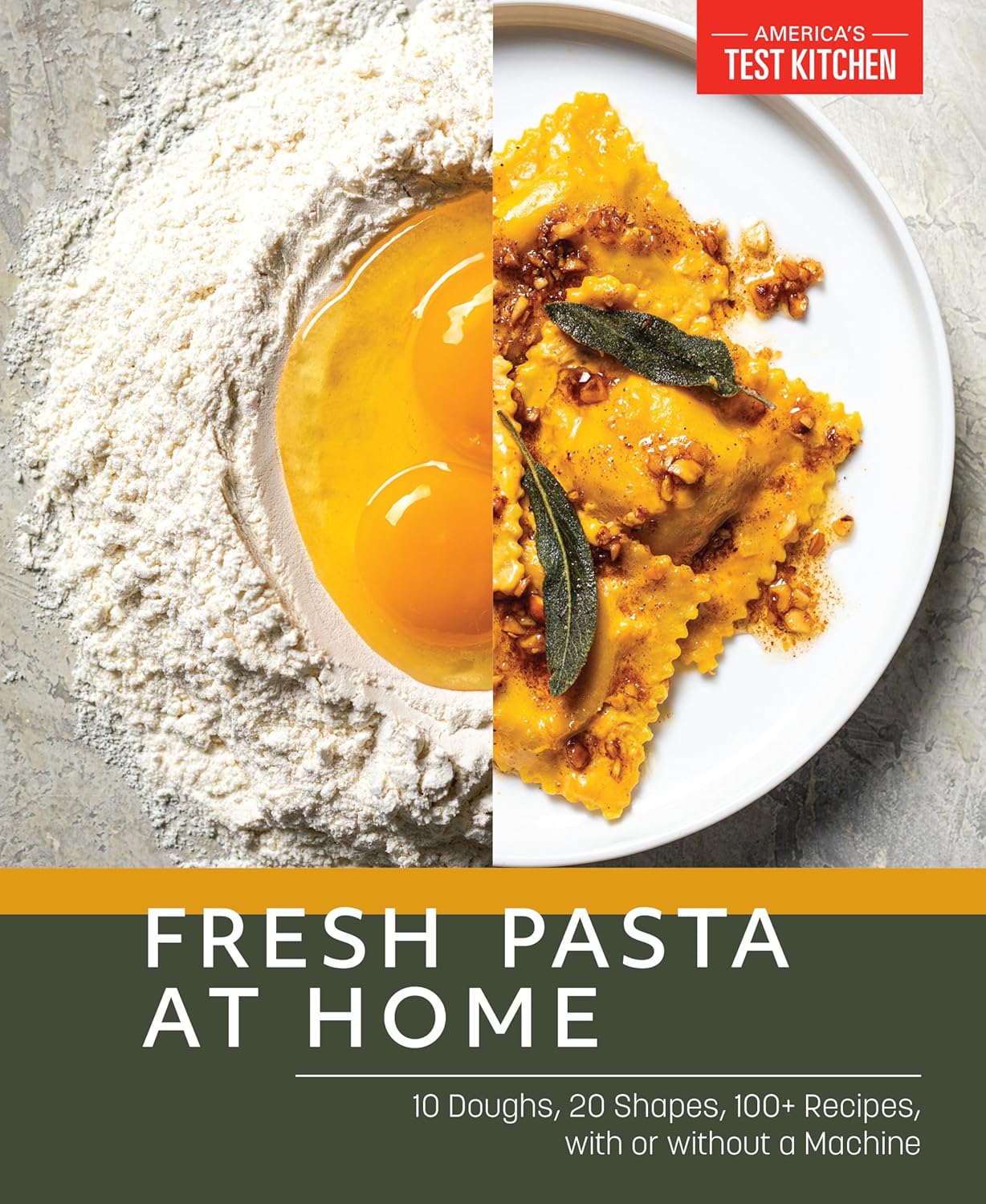

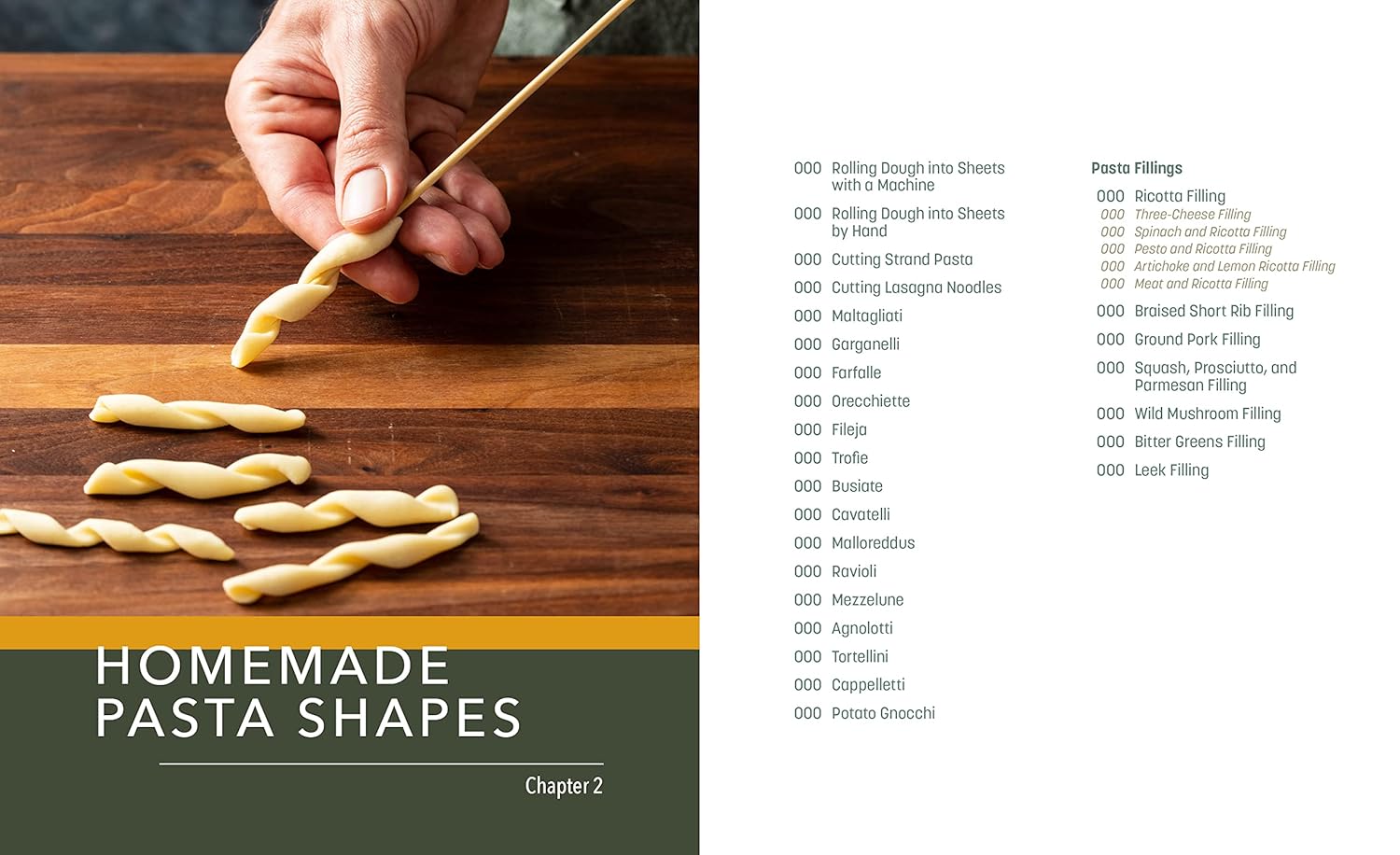
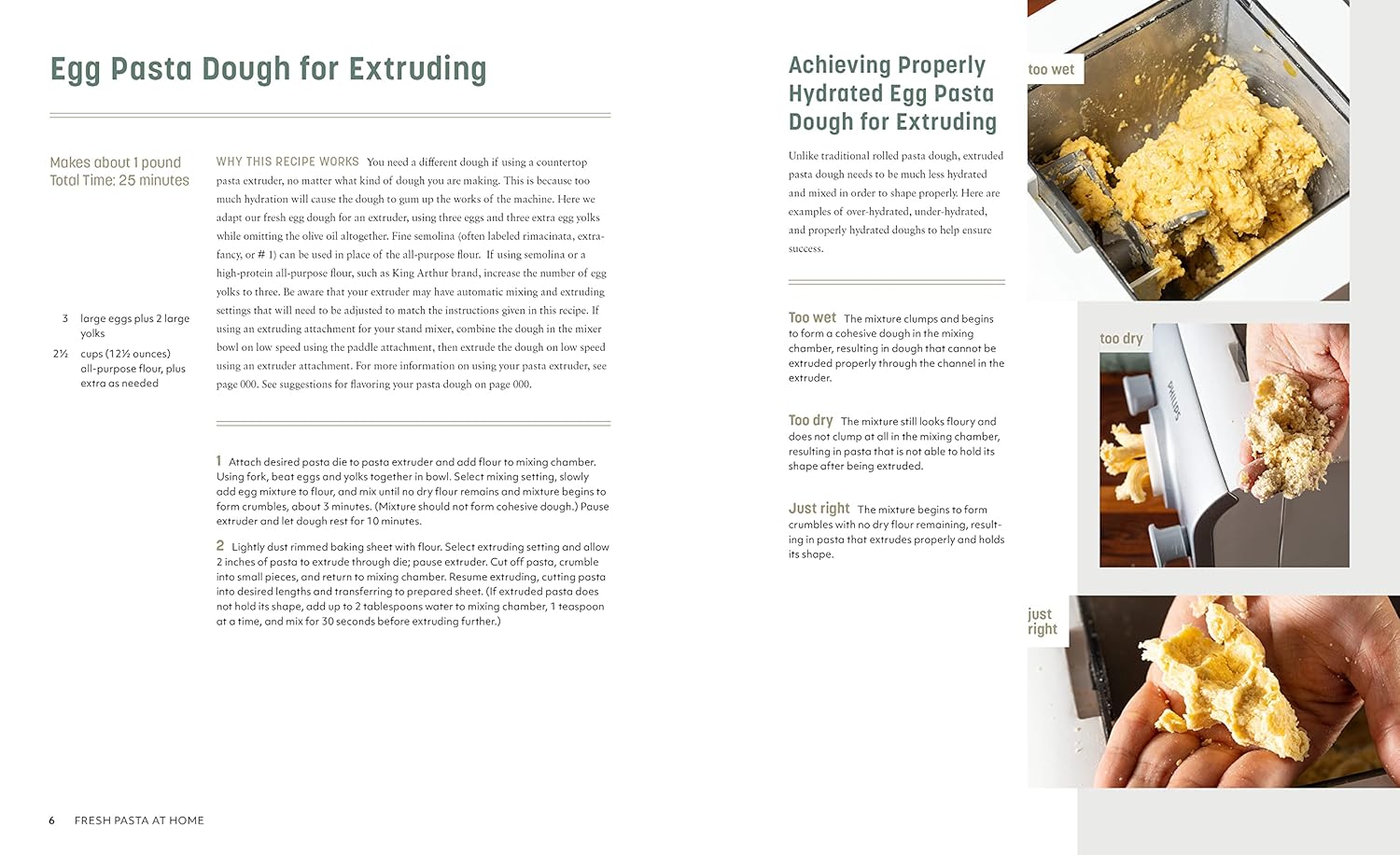
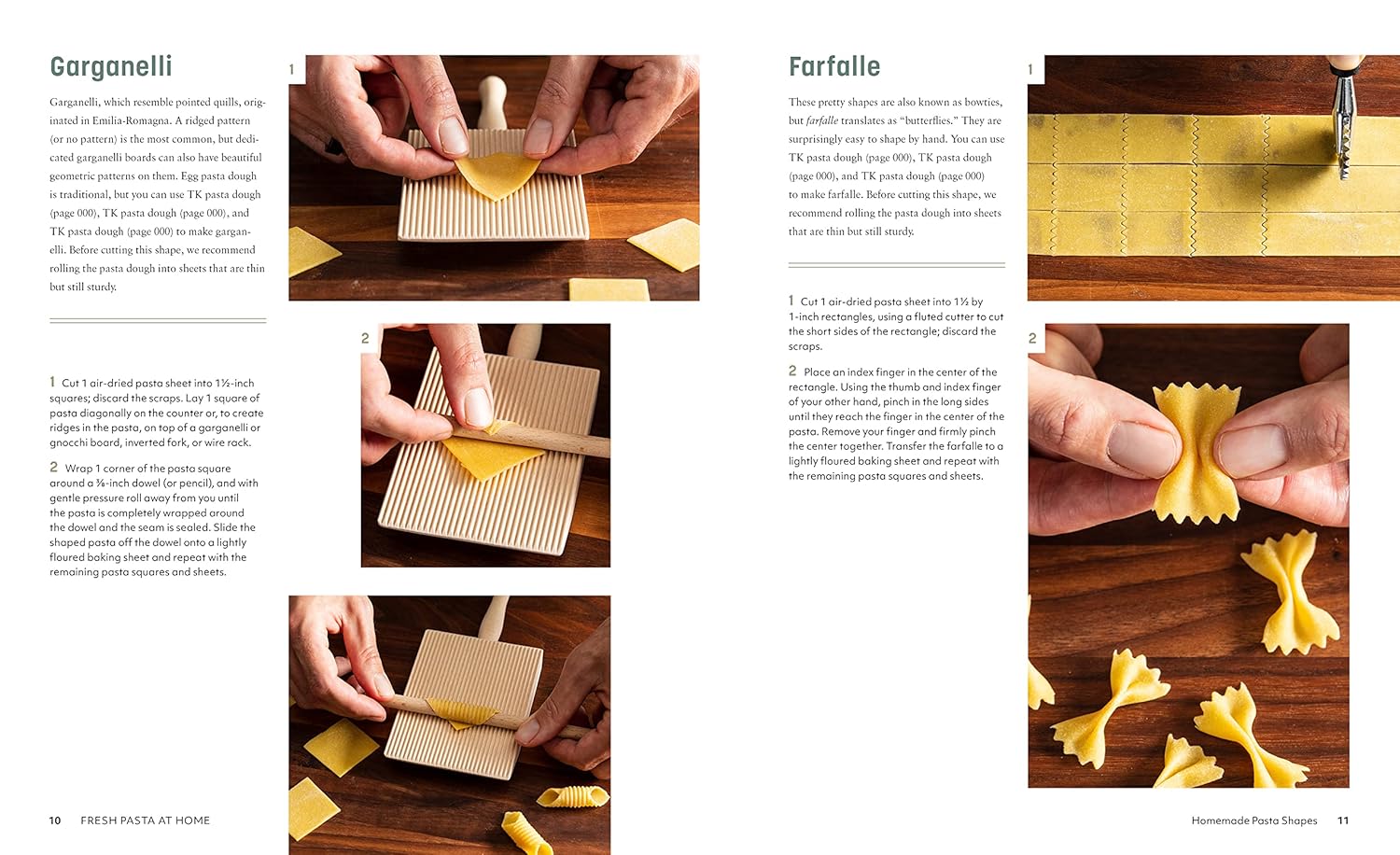
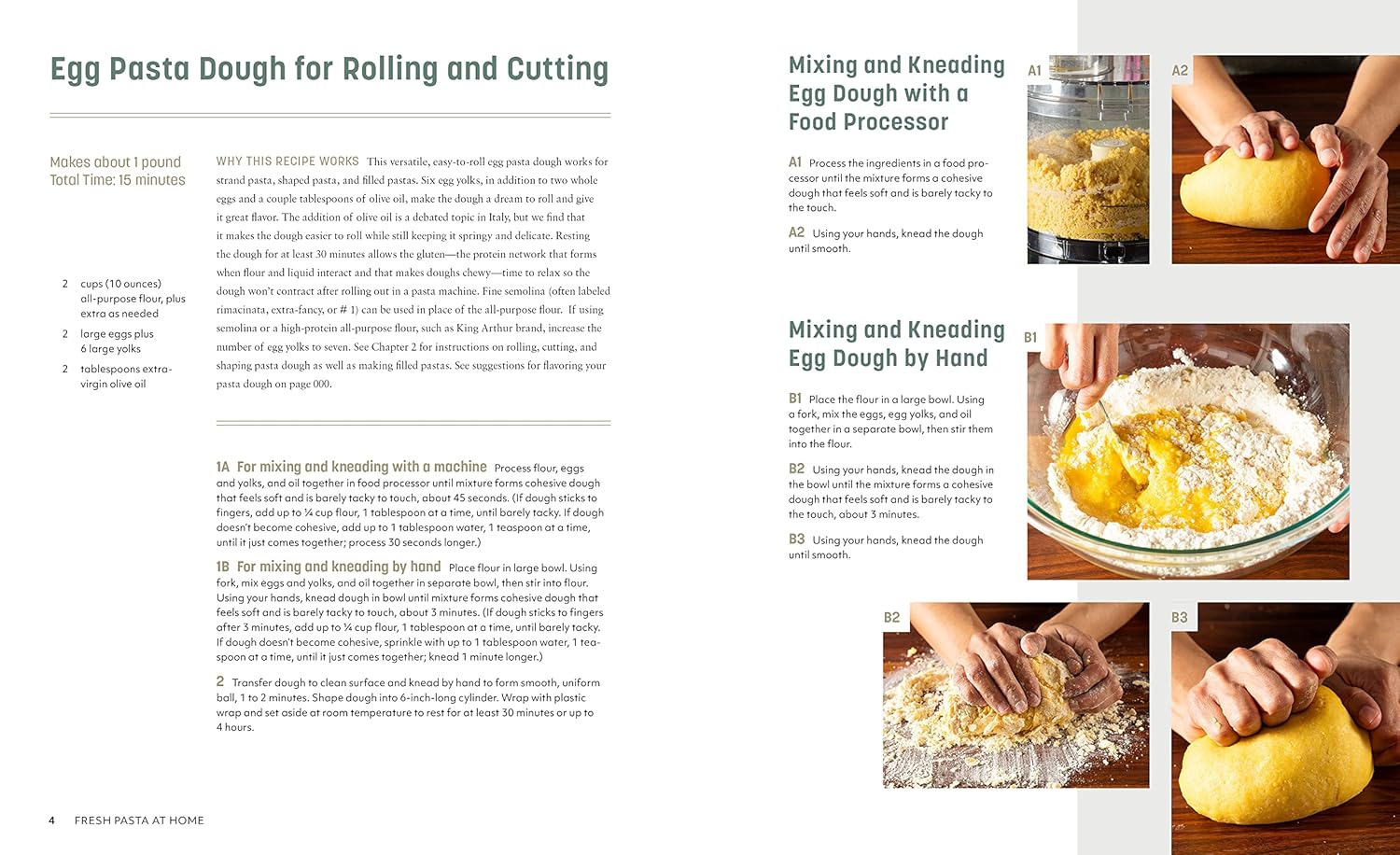

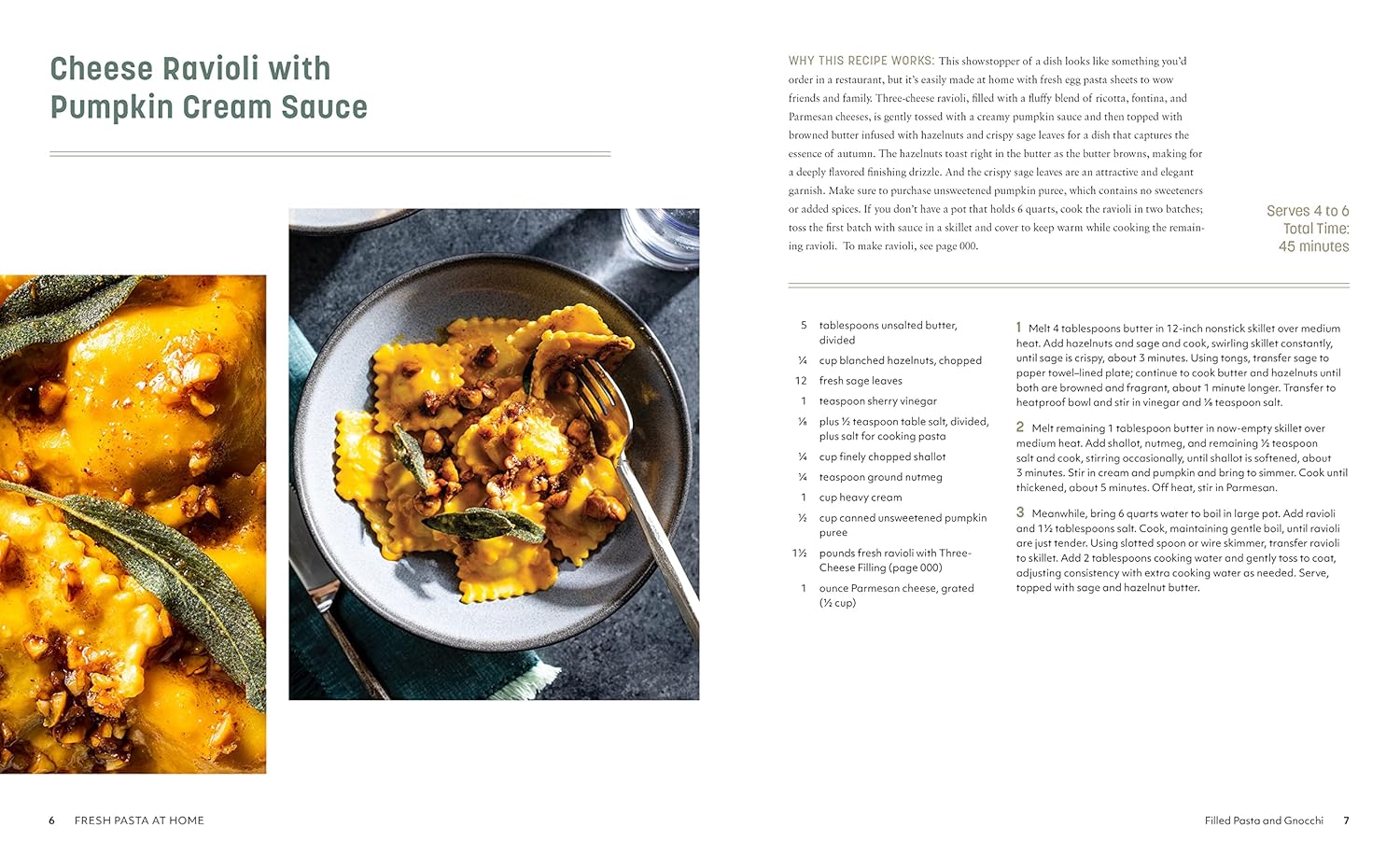
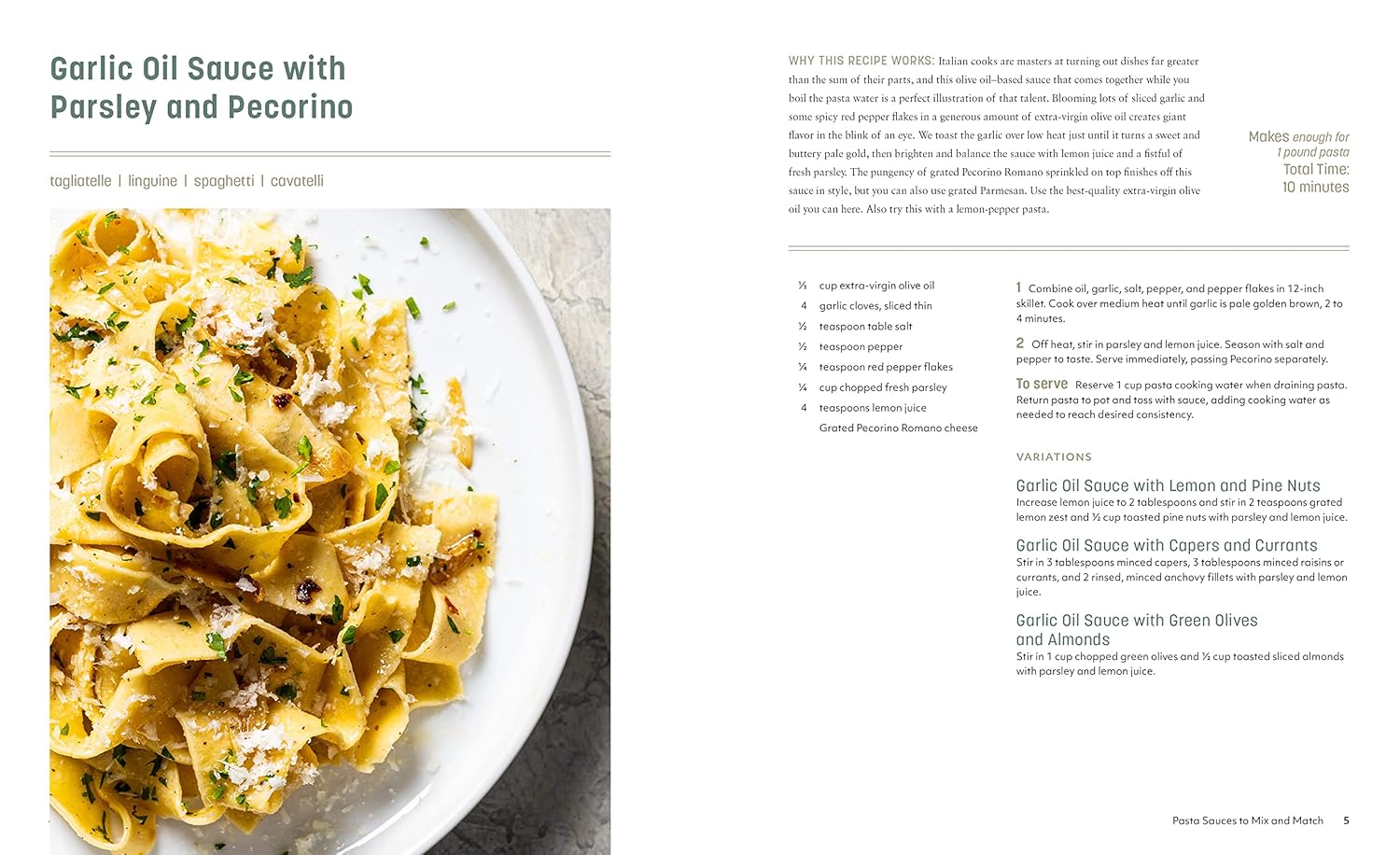
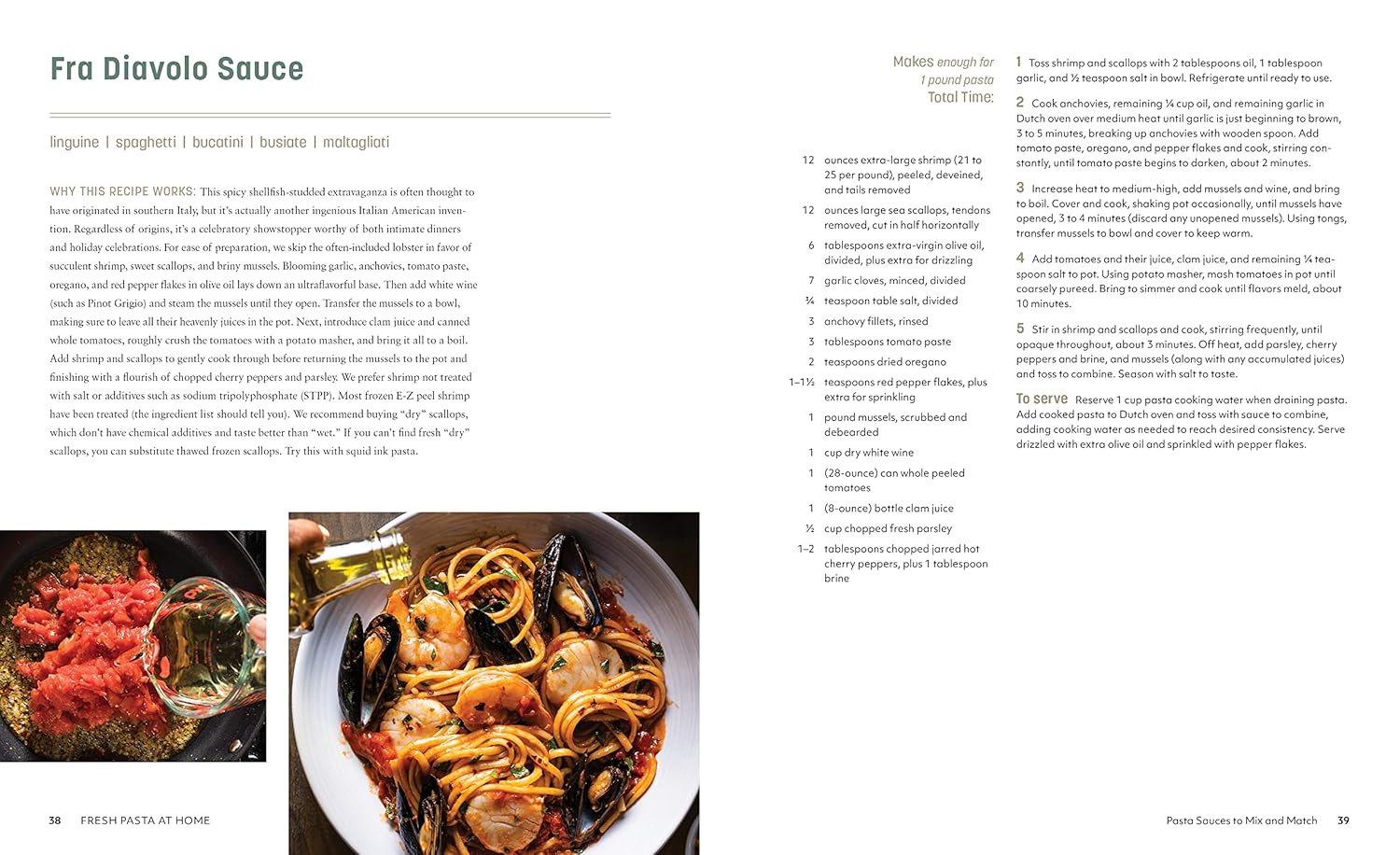
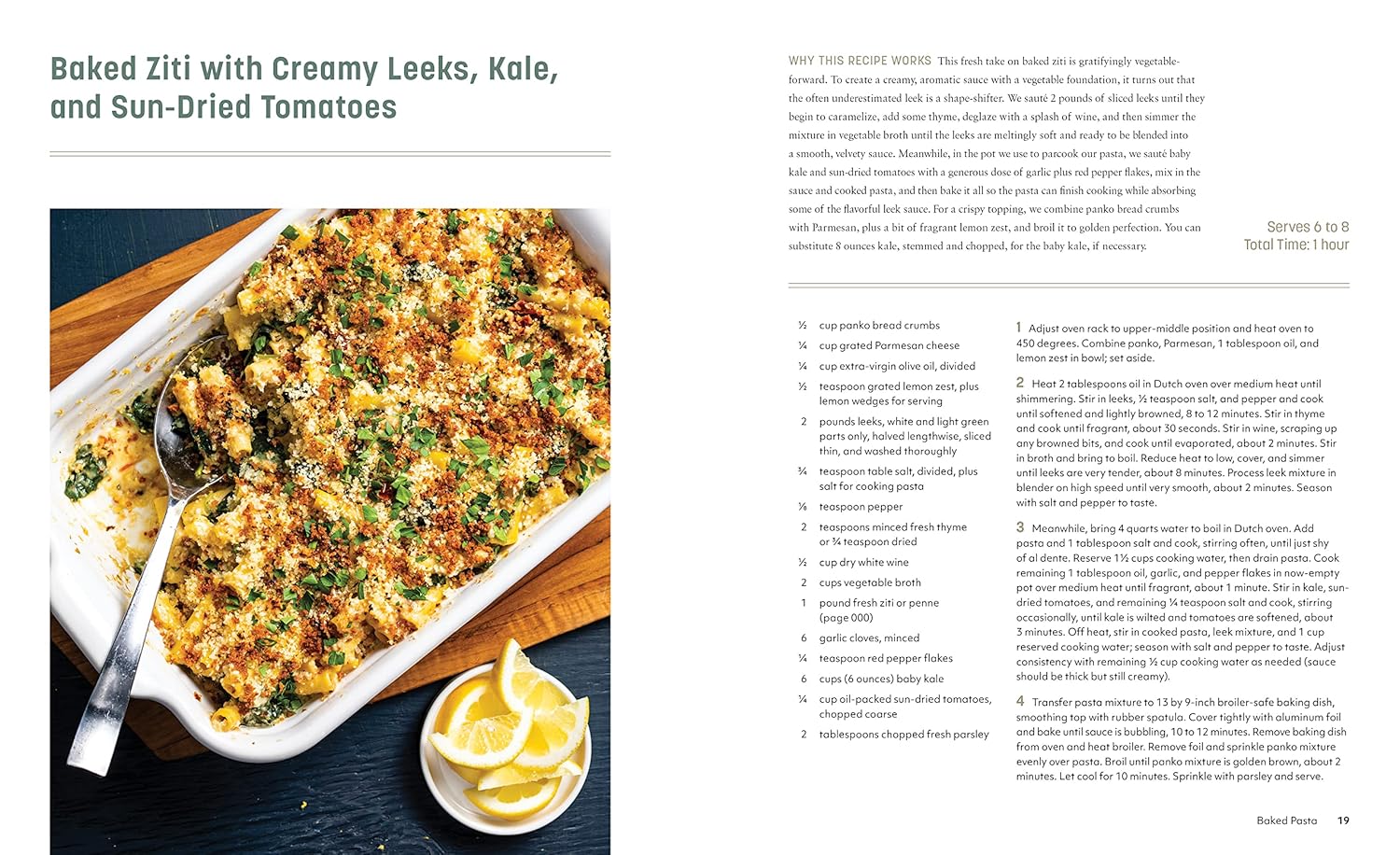
Price: $29.99 - $15.00
(as of Sep 07, 2025 02:37:41 UTC – Details)




